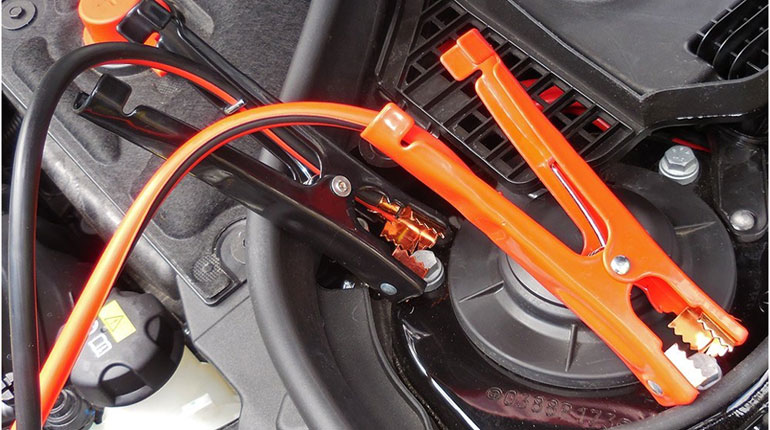The speed governor for cars is the equipment to regulate the speed of the DC motor. The DC speed governor converts the AC to two output DC power sources, one to the excitation (stator) of the DC motor, and the other to the armature (rotor) of the DC motor. The DC governor adjusts the speed of the DC motor by controlling the DC voltage of the armature. At the same time, the DC motor gives feedback current to the governor. The governor judges the speed of the DC motor according to the feedback current, corrects the armature voltage output if necessary, and adjusts the speed of the motor once again.
- Check armature carbon brush, carbon brush length, contact surface, and elasticity are suitable.
- Check the commutation ring, the surface should be smooth, with no dents, and no damage, and the groove is not short-circuited by carbon powder;
- There is no problem in checking the speed-measuring feedback components and the connecting parts of the motor without load.
- Check whether the motor wave box is defective, oil leakage, poor lubrication, or transmission wear, may cause load instability, and speed governor frequent adjustment.
If it is an analog car speed limiter, it will be more difficult for the general electrical maintenance personnel, but they still, need to follow the following steps to deal with:
- Measure whether the excitation provided by the governor meets the requirements of the motor and is stable. Generally, it should be constant to ensure the stability of the magnetic field, which is a favorable condition for constant speed.
- Measure the armature voltage to determine its range of change; (For a given, generally about 40% larger given)
- Measure the feedback voltage of the tachometer generator under the above conditions.
- Measuring the current of the motor under the above conditions;
- The man-made increase of motor load to observe motor speed changes, if the load increase speed changes significantly, IMAX should be increased; if there is no obvious change, enter the next step;
- Adjust the feedback gain (increase or decrease to see if there is any change) if there is no change, return to the position before the adjustment, and enter the next step;
- Adjust the speed loop proportional gain and integral capacitance to make the speed stable.
- Returning the current loop parameters.
- A trial run in all set range, fine-tuning, in order to keep the speed stable in all speed segments, load any change;
- Production trial to confirm that it meets its technological requirements. Complete the maintenance by meeting the requirements. If it is not meeting the requirement, then it needs to adjust the parameters as required.





